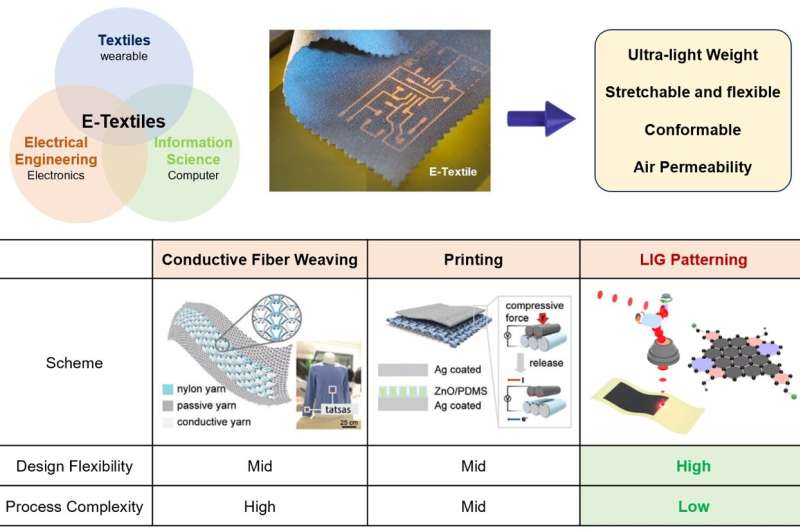
Multimodal graphene-based e-textiles for the realization of customized e-textiles developed for the first time. (31/10/2023)
A joint research team led by
Principal Researcher Soongeun Kwon and Professor Young-Jin Kim has developed
graphene-based, customized e-textiles, for the first time in the world.
They published their findings in ACS Nano in a paper
titled, "Multimodal E-Textile Enabled by One-Step Maskless Patterning of
Femtosecond-Laser-Induced Graphene on Nonwoven, Knit, and Woven Textiles."
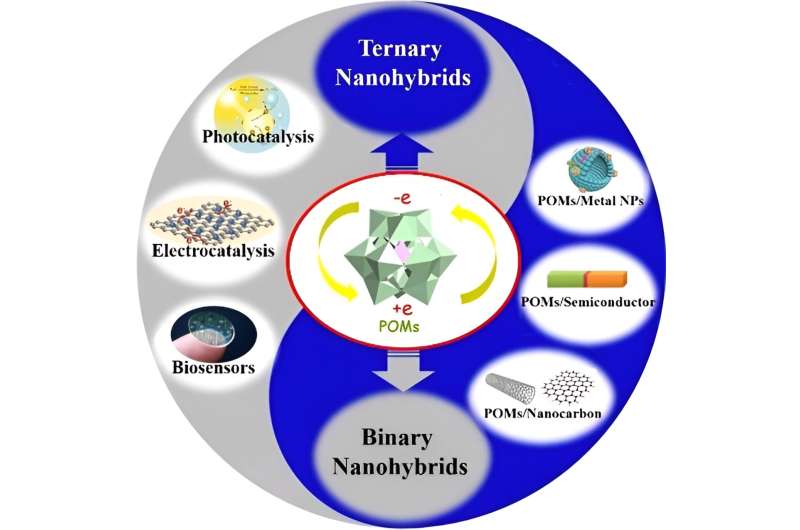
Hybrid nanomaterials promise a sustainability boost across multiple industries (31/10/2023)
Polyoxometalate (POM)-based
nanohybrids potentially offer a step-change in sustainability across a wide
variety of industries, but research into the substances is in its infancy. A
group of researchers has produced a comprehensive review of the sector's progress
and challenges yet to be overcome.
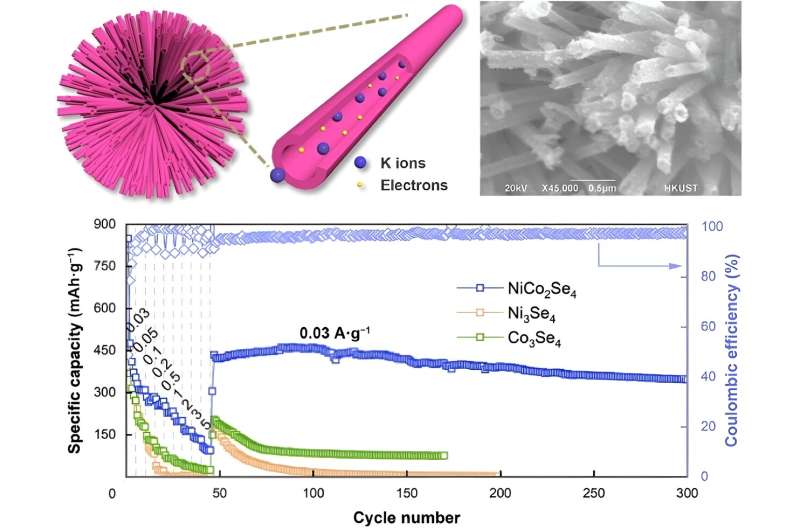
Electrodes with hollow nanotubes improve performance of potassium-ion batteries (31/10/2023)
Researchers
who are working to find alternatives to lithium-ion batteries have turned their
attention to potassium-ion batteries. Potassium is an abundant resource, and
the technology functions in much the same way as lithium-ion batteries, but
these batteries have not been developed at a large scale because the ionic
radius causes problems in energy storage and substandard electrochemical
performance.
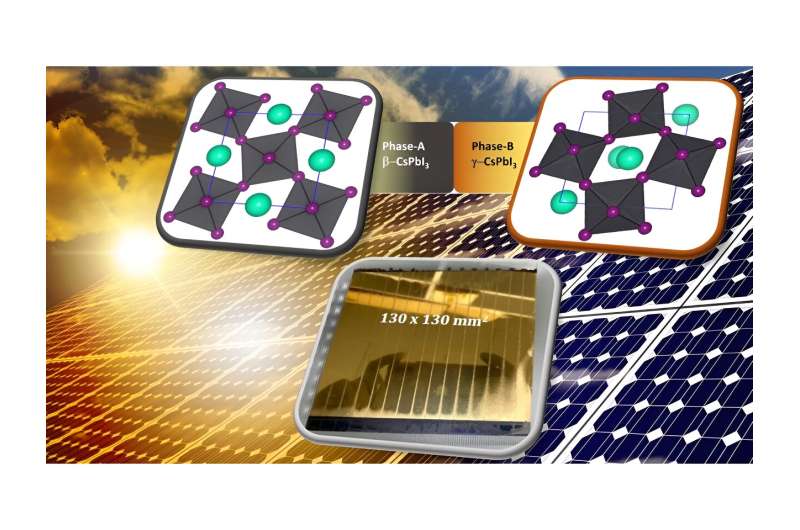
Scientists develop new method to create stable, efficient next-gen solar cells (31/10/2023)
Next-generation solar materials
are cheaper and more sustainable to produce than traditional silicon solar
cells, but hurdles remain in making the devices durable enough to withstand
real-world conditions. A new technique developed by a team of international
scientists could simplify the development of efficient and stable perovskite
solar cells, named for their unique crystalline structure that excels at
absorbing visible light.

Researchers devise cleaner, more efficient production of key input for detergents (31/10/2023)
Conventional techniques of
generating alkylbenzene, a key input in the production of detergents, produce
toxic halogen byproducts, but researchers have devised a new technique that
offers a more efficient, cheaper and cleaner manufacturing process of the
substance.

Modeling polymers for next-generation manufacturing and sustainability (31/10/2023)
Polymers are large molecules that
are made by linking a series of identical building blocks. They are attractive
for manufacturing because they are inexpensive and easy to process and modify.

Researchers develop novel moisture resistant epoxy-based ultralong organic phosphorescence materials (31/10/2023)
Ultralong organic phosphorescence
(UOP) materials can be applied in fields such as displays, sensing, information
encryption, bioimaging. Among these, polymeric UOPs have attracted much
attention due to good film-forming stability, cost-effectiveness, and
suitability for large-scale production. However, achieving good
water/moisture-resistance for long-term environmental stability remains a
challenge.
Chicken feather fibers could help make less toxic hydrogen fuel cells (24/10/2023)
Chicken feathers are a major source of food industry waste,
but their keratin may be an alternative to hydrogen fuel cells' 'forever
chemicals.'
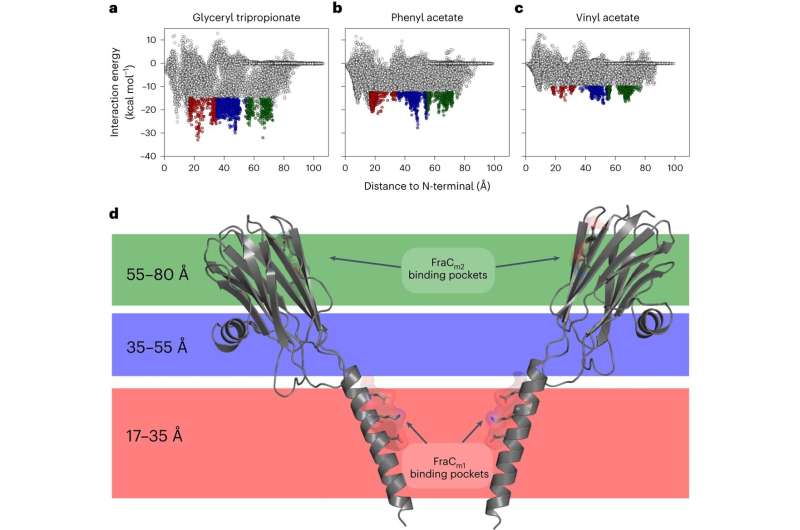
Scientists create artificial protein capable of degrading microplastics in bottles (23/10/2023)

Going rogue: Scientists apply giant wave mechanics on a nanometric scale (20/10/2023)
Researchers have shown how the
principles of rogue waves—huge 30-meter waves that arise unexpectedly in the
ocean—can be applied on a nano scale, with dozens of applications from medicine
to manufacturing.









